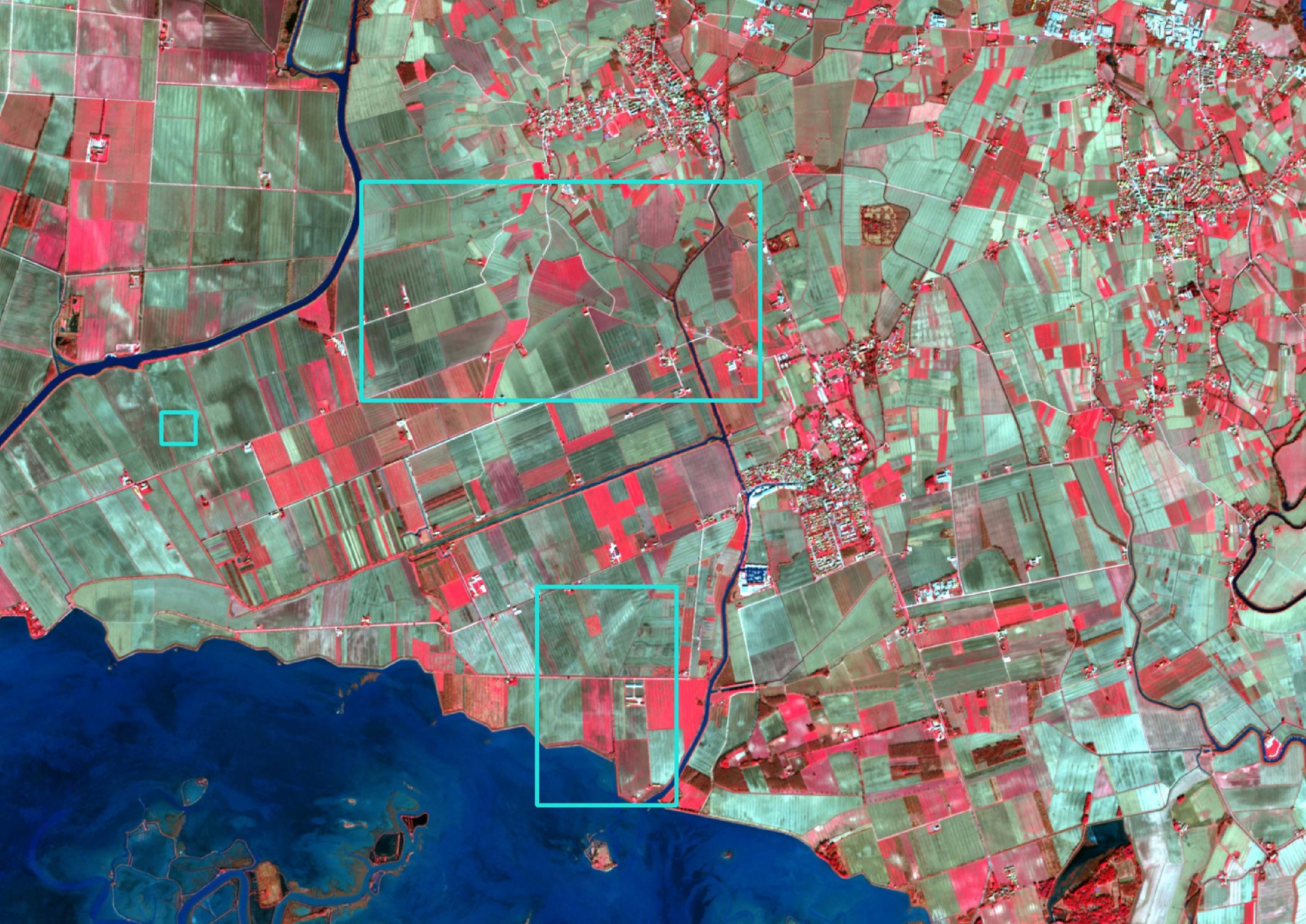When modern technologies emerge, they can also help us learn a thing or two about ancient history. In a new study by Penn State researchers, a machine learning algorithm found previously undiscovered clam rings and clam mounds left by indigenous peoples, 3000 to 5000 years ago.
When humans build structures, their environment changes. Even after a structure is gone, the remains can still be detected for hundreds or even thousands of years. For example, if you are building a house, the porosity and topography of the surrounding land will also change slightly, as will the soil chemistry under your house (as traces of man-made materials seep into the basement).
Often these changes can be detected if you look closely enough – and with the right technological tool. Maybe it’s a little slope, maybe it’s a difference in soil moisture, or something, but if we can collect the right kind of data, we can see where the human structures have been built, even thousands of years ago.
But it’s not easy, researchers have searched for structures from the ground based for decades, on historical clues or what they could see with the naked eye. But greenery can easily mask these subtle differences. In recent years, however, aerial surveys have made a big difference. Synthetic aperture data, or other types of spectral data, researchers were able to uncover more archaeological structures much more easily than before.
But there was still one problem: there is a lot of aerial data to analyze and the data is not always clear. So how do you go through all of the data and find out what looks promising? An algorithm is naturally required.
The team started with a public lidar dataset and then used a deep learning process to discover the algorithm to find clam rings, clam mounds, and other landscape features that might indicate archaeological remains. Then they manually went through the maps and located the known rings to train the algorithm. For an even better exercise program, they turned some of the cards 45 degrees.
After training the algorithm, the team was able to use it to discover hundreds of promising new structures, even in districts where no discoveries had yet been made. Since clam rings are considered trading centers, they can provide a lot of information about ancient societies, show what resources they traded and whether or not they used the available resources sustainably.
Archaeologists will now seek to explore these sites in the field and confirm the results. But what is perhaps even more interesting is that the artificial intelligence algorithms they used are already included in ArcGis, a commercially available geographic information system.
This means that algorithms could be trained to find different types of structures in different geographic areas, potentially ushering in a new era of aerial archaeological exploration. The researchers also provide the code and tools they used and encourage others to replicate their approach. Archeology is also not necessary – other structures of interest could also be explored in this way.













